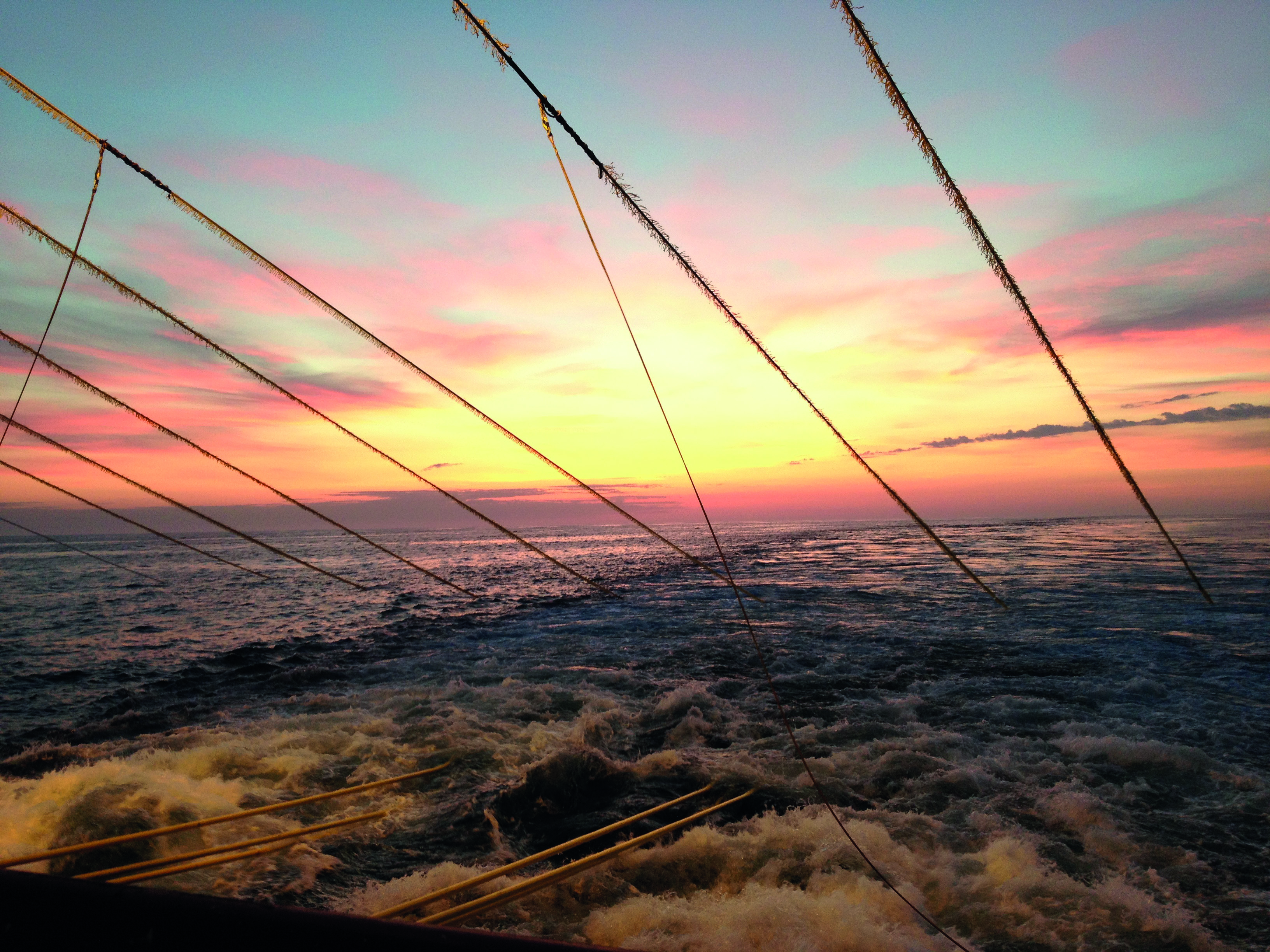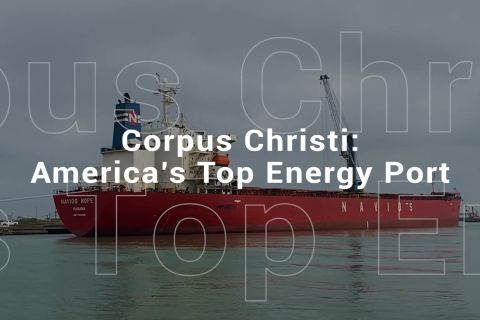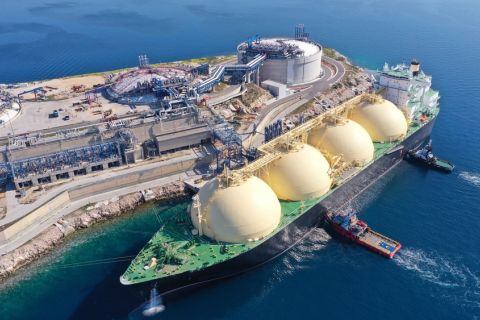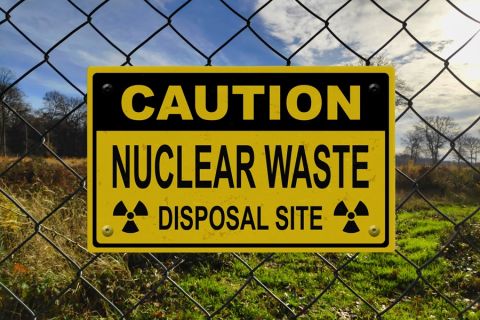
A Shearwater vessel acquires a marine seismic survey. The startup recently purchased WesternGeco’s marine seismic acquisition assets. (Source: Shearwater GeoServices)
The last 10 years have been a difficult period for the seismic industry, with the last five being particularly brutal. In the previous decades the industry had grown accustomed to the fact that it was cyclical. Demand for seismic services was either high, in which case contractors were able to increase margins and invest in new technology, or demand was low, and contractors survived by acquiring poorly funded nonexclusive surveys and laying up crews while looking forward to the next upswing. Since 2012 the seismic demand trend has been one way only, and the established players are shadows of their former selves. In mid-2018 there were 21 active high-capacity 3-D vessels operated by the major contractors compared to about 75 a few years ago.
Signs of some sort of recovery are becoming evident from the worst downturn the industry has ever experienced. With the backdrop of a higher prevailing oil price and positive financial results from oil companies, this year’s European Association of Geoscientists and Engineers conference in June was the most upbeat for several years.
After the significant layoffs and restructuring over recent years and with the majority of contractors burdened with heavy debts, is the industry in a fit state to be able to capitalize on any market improvement if it arrives? A cold-stacked vessel is estimated to require about $50 million to get it back into action. Who can fund that sort of expenditure?
Reacting to the challenge
Shearwater GeoServices was founded in 2016, moving into the gaps left by some of the major seismic contractors. The company has focused on efficiency and quality, with growth as its next goal.
Shearwater emerged from the downturn with four modern high-capacity vessels and its own proprietary data processing and imaging software. Solid backing has come from GC Rieber, a company founded in 1879 that has grown into a global shipping organization providing ship development; design; construction and operation services to the subsea, seismic and ice/support sectors, as well as Rasmussengruppen, a company that has had international shipping at the core of its business since it started in 1936. Both saw the potential of acquiring the marine seismic acquisition assets and operations of WesternGeco ahead of an anticipated increase in demand for marine seismic services. This move will transform Shearwater into a full-service marine geophysical company.
Agile fleet
High-transit speeds help cut down on unprofitable travel time between surveys and also allow the vessels to consistently and safely tow large streamer configurations at highly efficient acquisition speeds that bring down the total duration of each project. This power and redundancy not only mean reduced risk in highly obstructed areas where loss of power could be catastrophic but also consistent and efficient ground speeds in sea areas where strong head currents or harsh weather conditions occur. This last issue has historically hampered many surveys worldwide, where strong currents impede progress, increase survey duration and drive up cost.

Processing and imaging
The flexibility and cost efficiency in terms of the number and configuration of streamers and sources that can be towed by the new fleet is mirrored by the company’s processing and imaging services. These can combine both offshore real-time data processing and onshore processing flows that are designed to meet the quality, timing and cost constraints of each project. To add additional flexibility and efficiency to processing solutions, a new concept called “pop-up” processing brings the power and expertise of a major processing hub to a client’s doorstep.
For example, a series of onshore data processing projects has recently been completed in a processing center in Mumbai for a major client in India. Commencing in January 2017 and using its data processing software, the company processed 4,500 sq km (1,737 sq miles) of 3-D imaging from four new 3-D surveys in both time and depth.
The team consisted of 15 geophysicists working in a center in Mumbai, but it was managed from a main processing hub in the U.K. because the center in Mumbai was installed to process a specific volume of work and was not designed as a permanent processing hub. The hardware and personnel have now been redeployed elsewhere.
Set up in under a month, this bespoke project-driven model allowed the company to provide very cost-efficient, high-quality results in Mumbai using local partnerships and experienced and dedicated support.
This approach to data processing services allows the company to provide full processing and imaging services on a global scale, setting up centers quickly and easily wherever clients require. This model is an example of the industry’s new capabilities to provide highly flexible project-designed processing solutions that are not constrained by location or existing processing models.
Time and depth processing
One of Shearwater’s offerings is Reveal, a proprietary software that performs time and depth processing and imaging for both land and marine data within a single user interface. Reveal has been designed and built in recent years, making it unique since most processing packages date their origins to the 1970s and 1980s.
A dedicated Reveal R&D team ensures continuous development and rapid deployment of new functionality and response to customer requirements.
The platform is intuitive, interactive and adaptable and has the flexibility to be scaled to run on a laptop in the field as well as a large data center. Processing results are displayed in real time, which gives a better understanding of how the data are being affected and allows more informed decision-making. Reveal also provides a developer’s environment to customers who want the flexibility to integrate their own existing workflows and processing systems, bringing new life to old code.
In an industry that often seems moribund, companies that take a new approach offer hope on the horizon.
Recommended Reading
The Risks and Benefits of the IRA’s 45Q, 45Z
2024-01-29 - The Inflation Reduction Act sections 45Q and 45Z are incentives to invest in energy transition and renewable energy projects, but they involve legal considerations to account for.
CEO: Linde Not Affected by Latest US Green Subsidies Package Updates
2024-02-07 - Linde CEO Sanjiv Lamba on Feb. 6 said recent updates to U.S. Inflation Reduction Act subsidies for clean energy projects will not affect the company's current projects in the United States.
Global Energy Watch: Corpus Christi Earns Designation as America's Top Energy Port
2024-02-06 - The Port of Corpus Christi began operations in 1926. Strategically located near major Texas oil and gas production, the port is now the U.S.’ largest energy export gateway, with the Permian Basin in particular a key beneficiary.
The Problem with the Pause: US LNG Trade Gets Political
2024-02-13 - Industry leaders worry that the DOE’s suspension of approvals for LNG projects will persuade global customers to seek other suppliers, wreaking havoc on energy security.
BWX Technologies Awarded $45B Contract to Manage Radioactive Cleanup
2024-03-05 - The U.S. Department of Energy’s Office of Environmental Management awarded nuclear technologies company BWX Technologies Inc. a contract worth up to $45 billion for environmental management at the Hanford Site.




